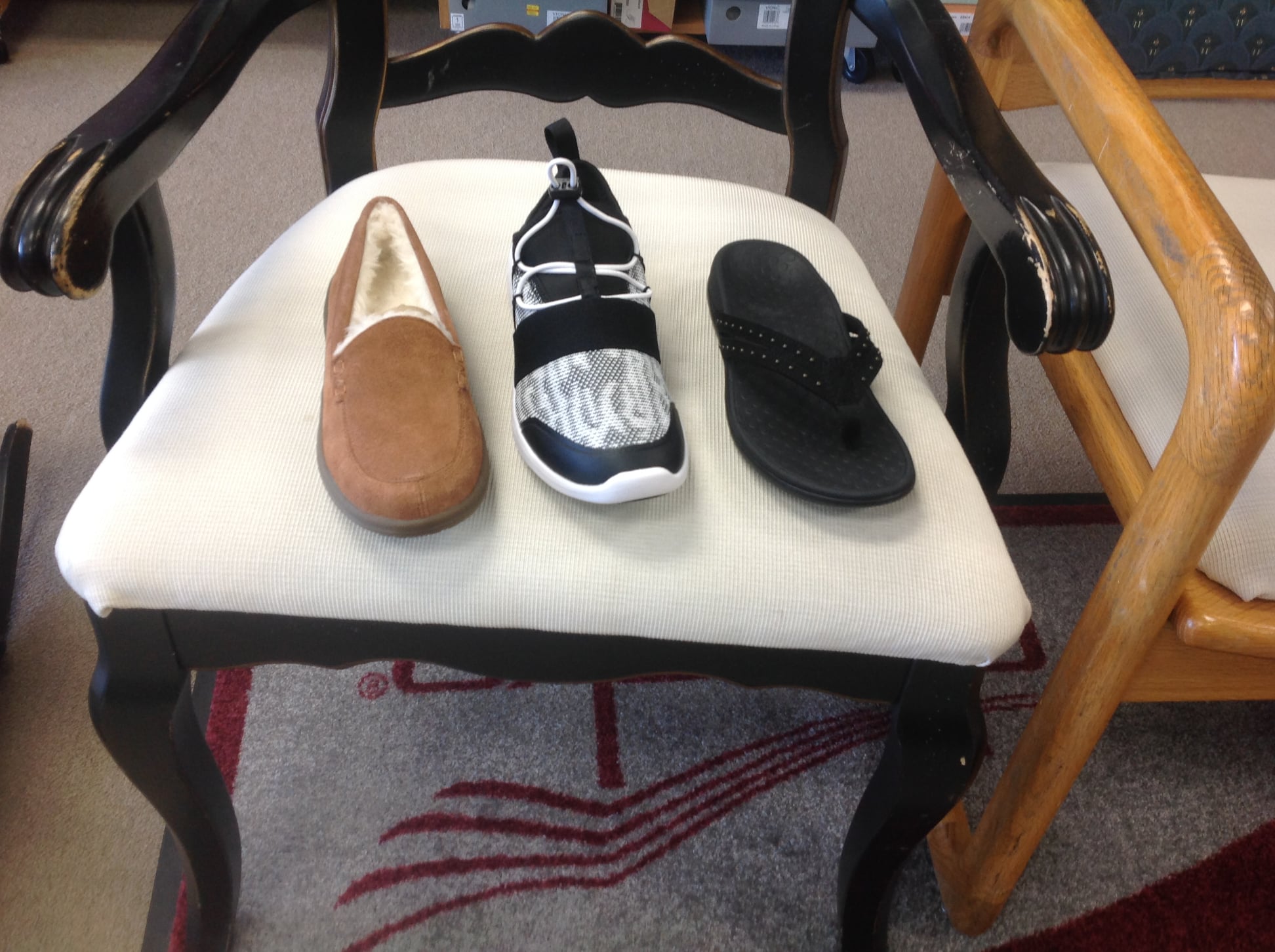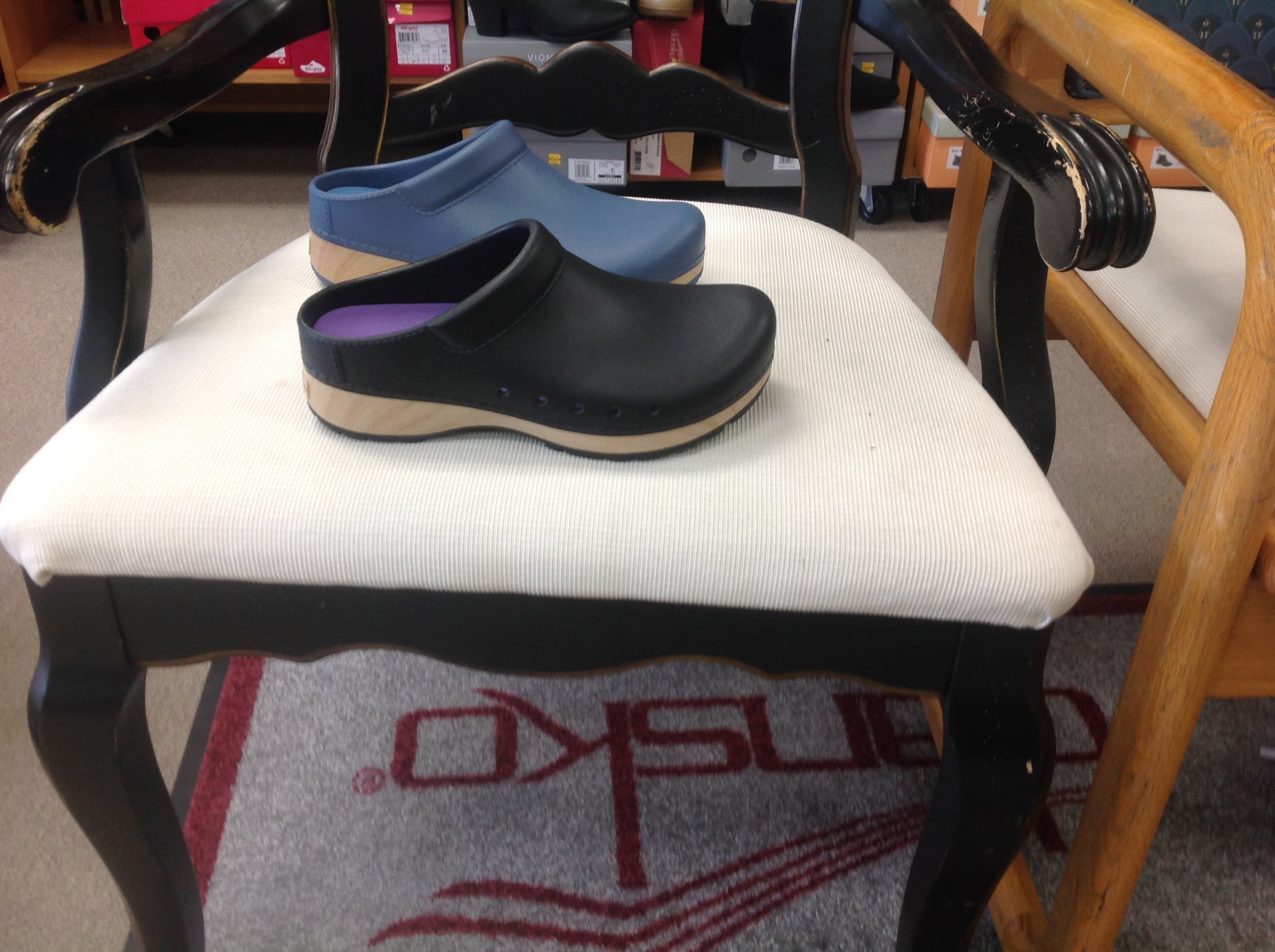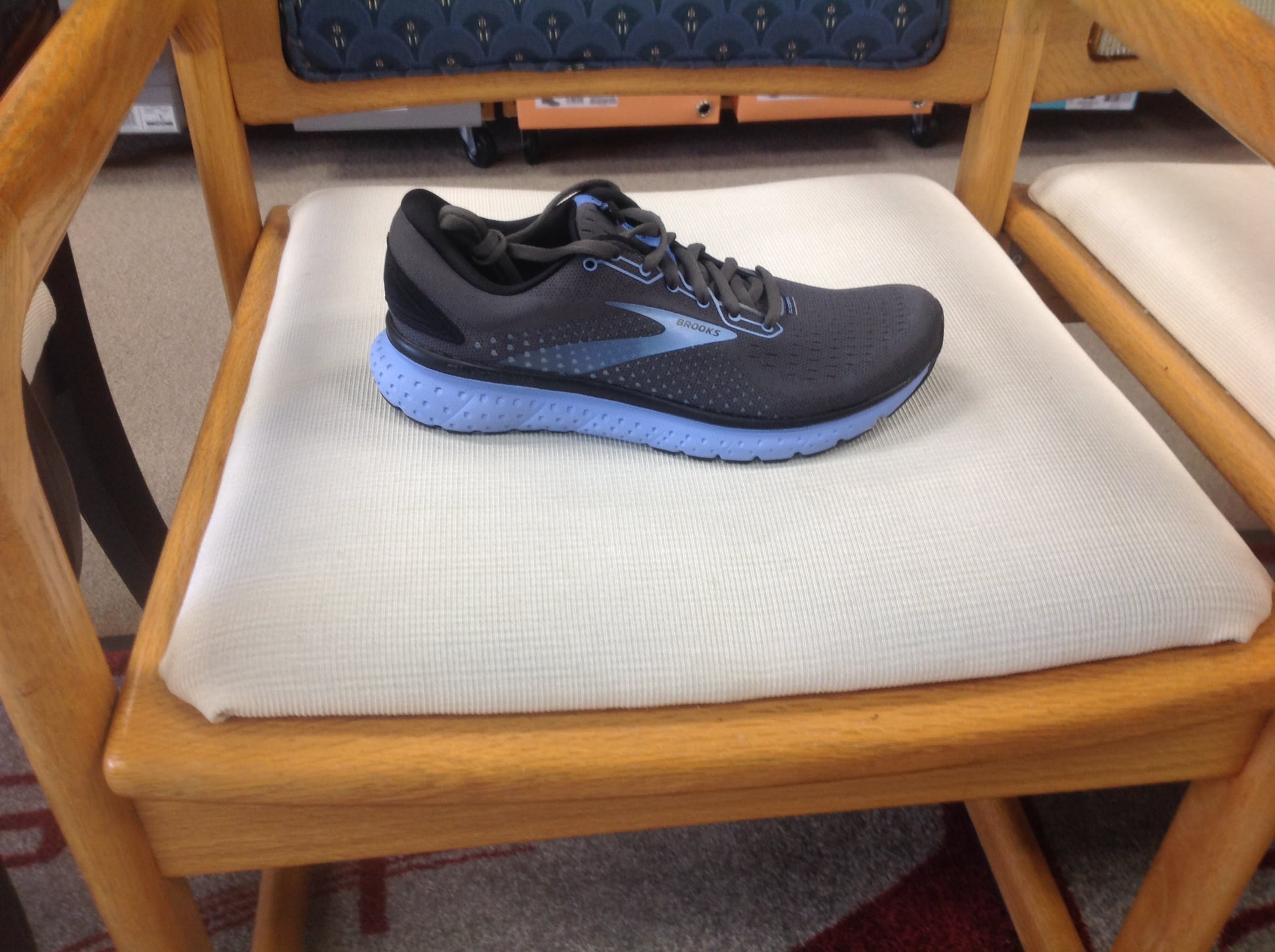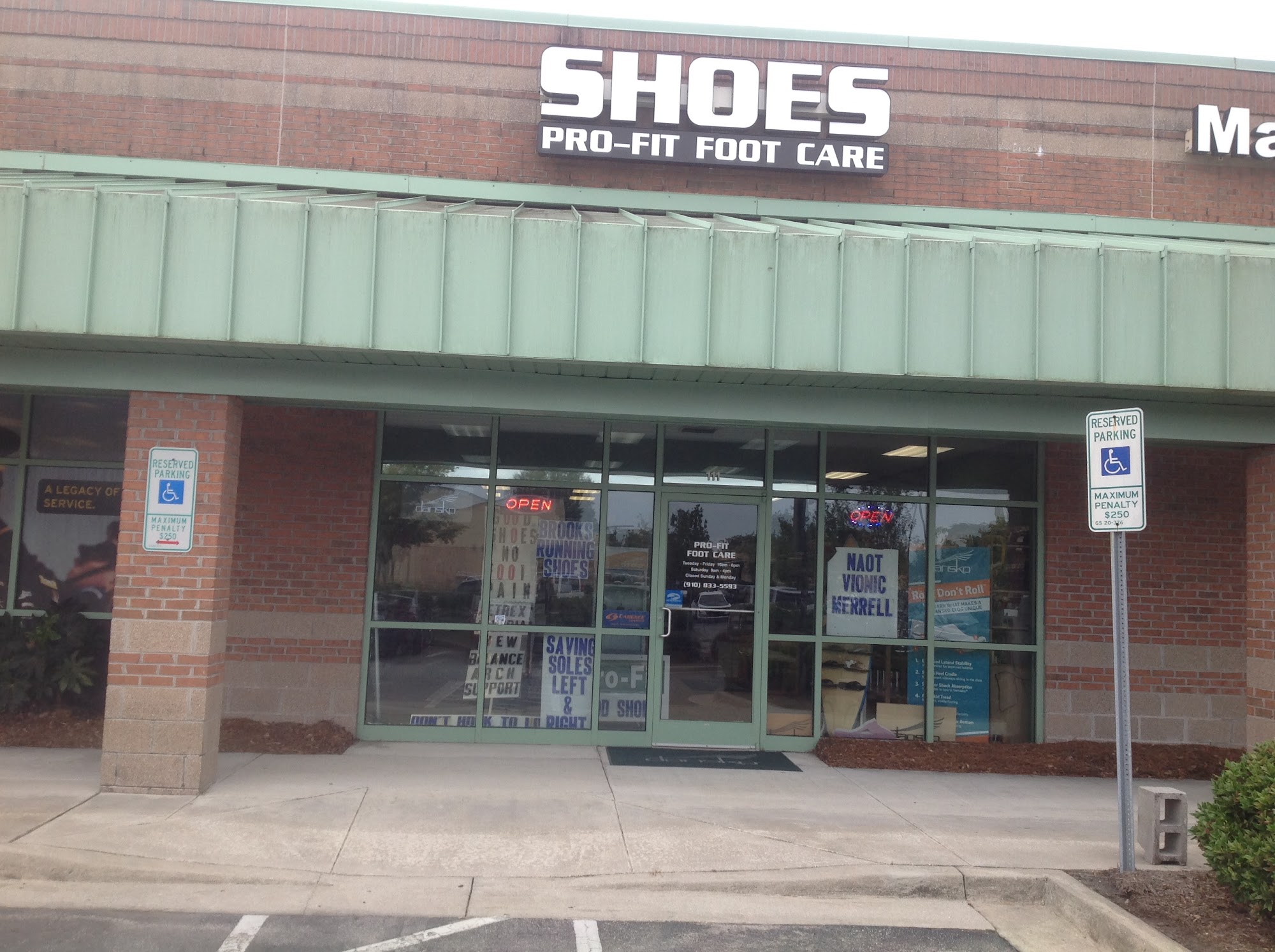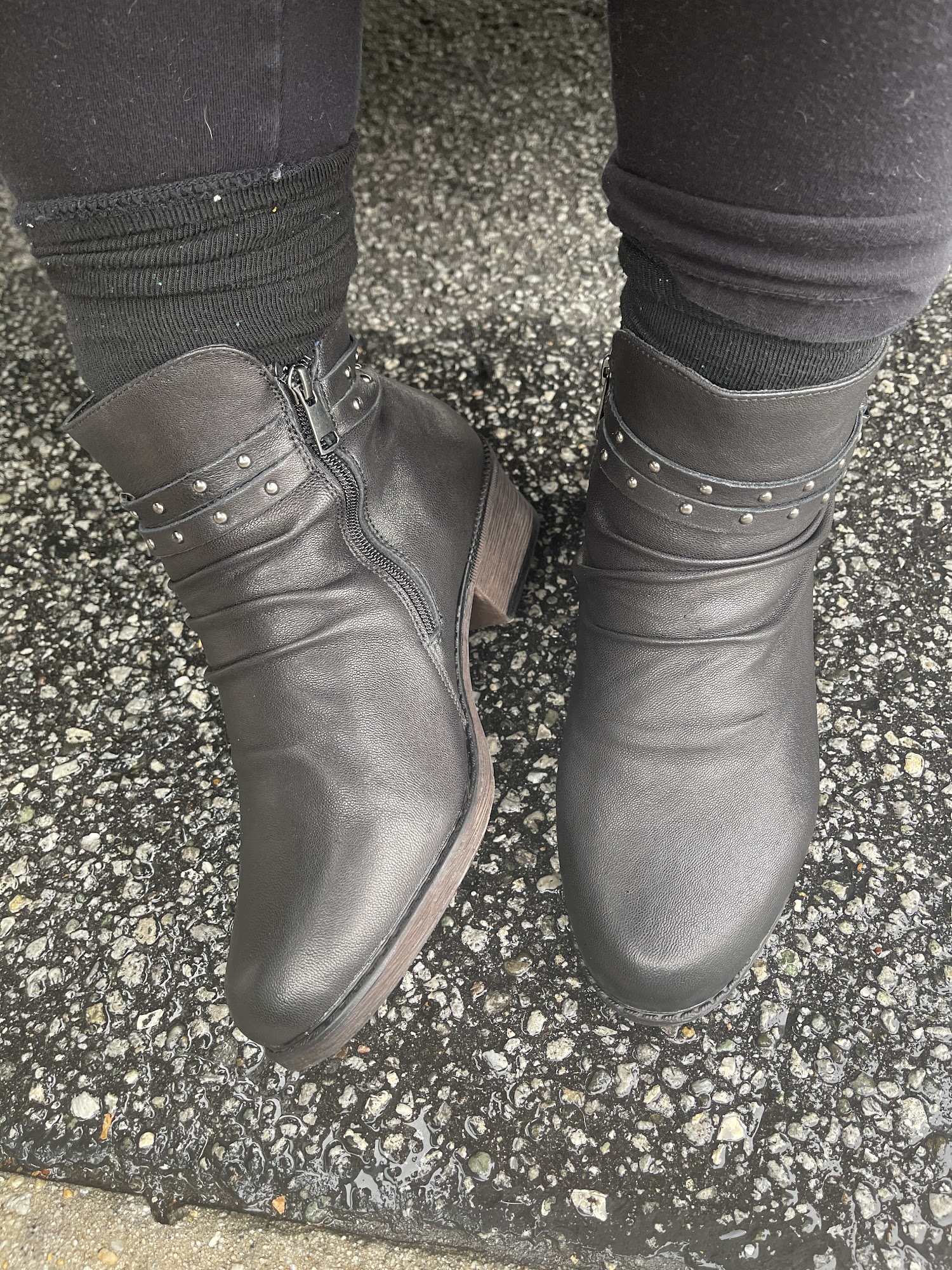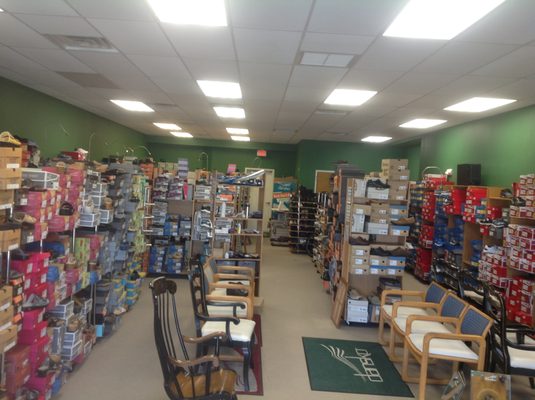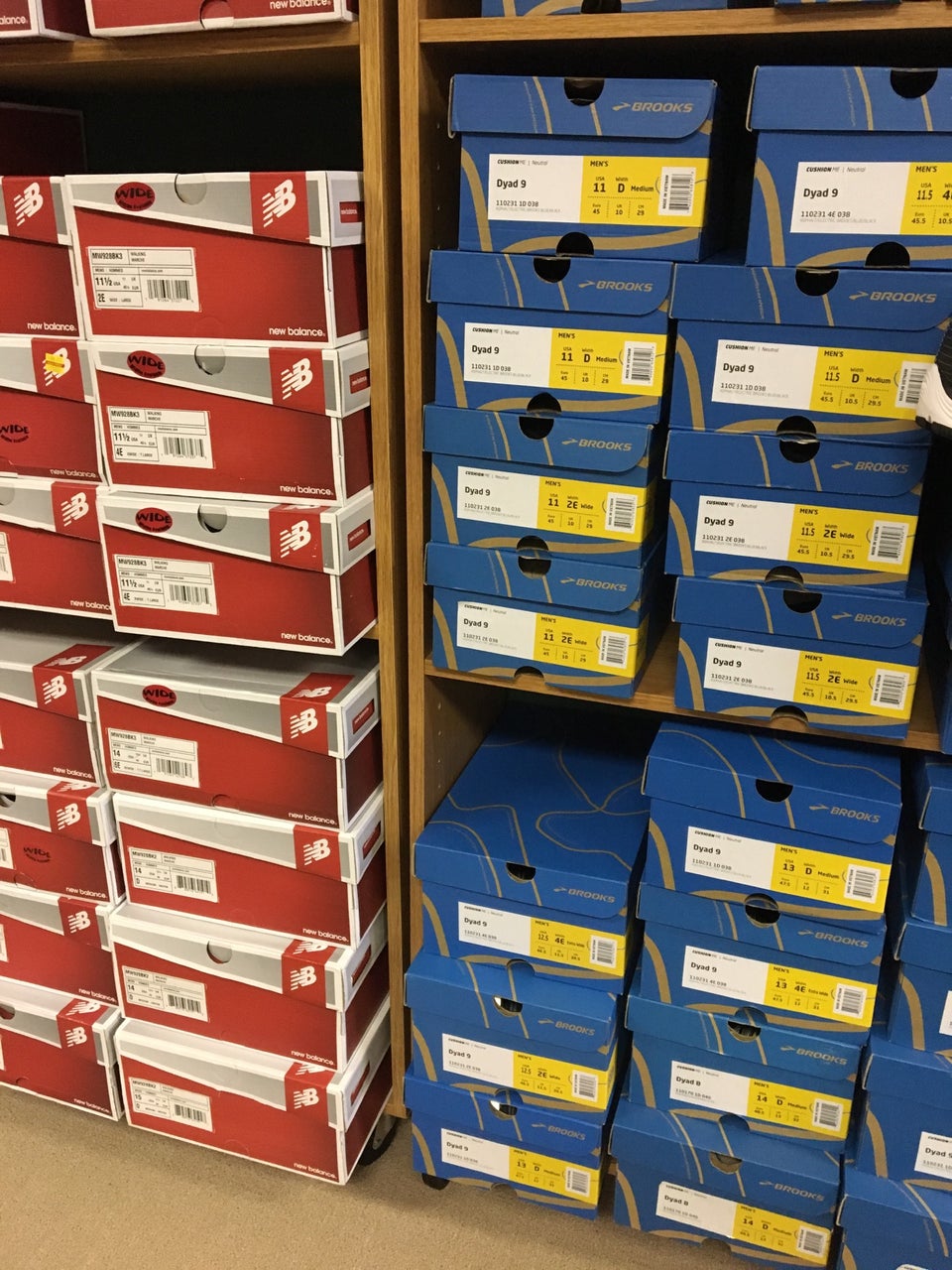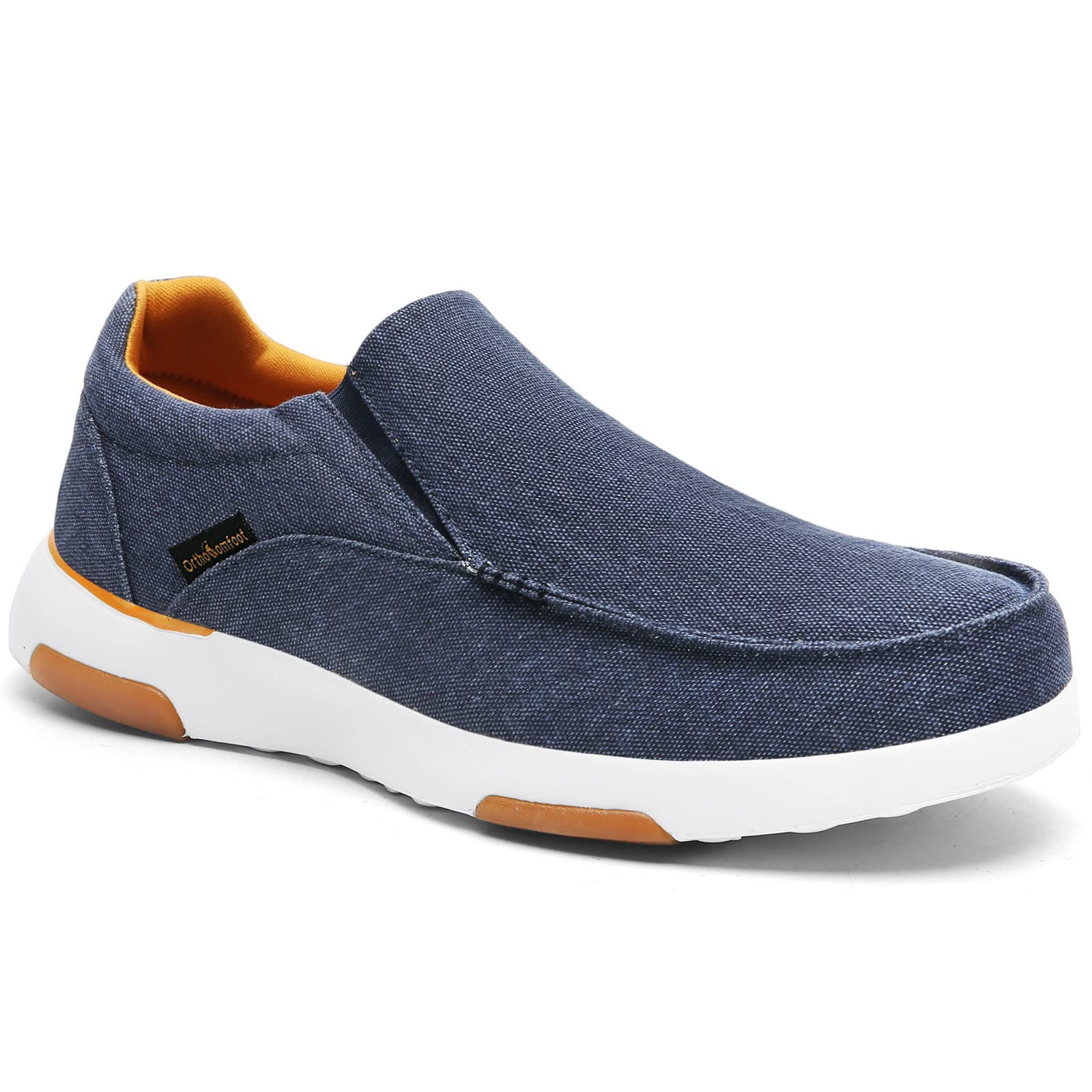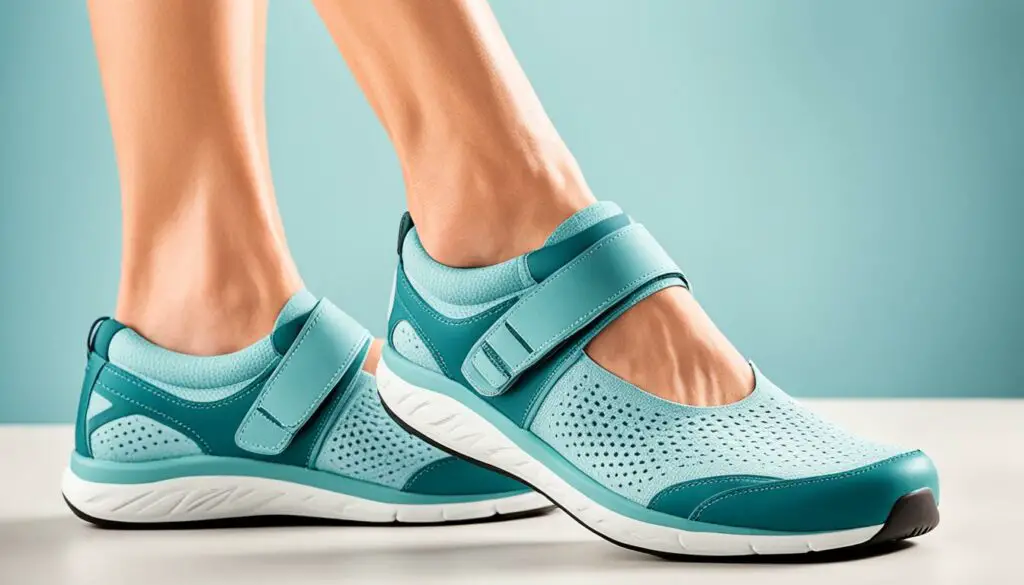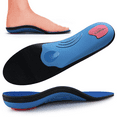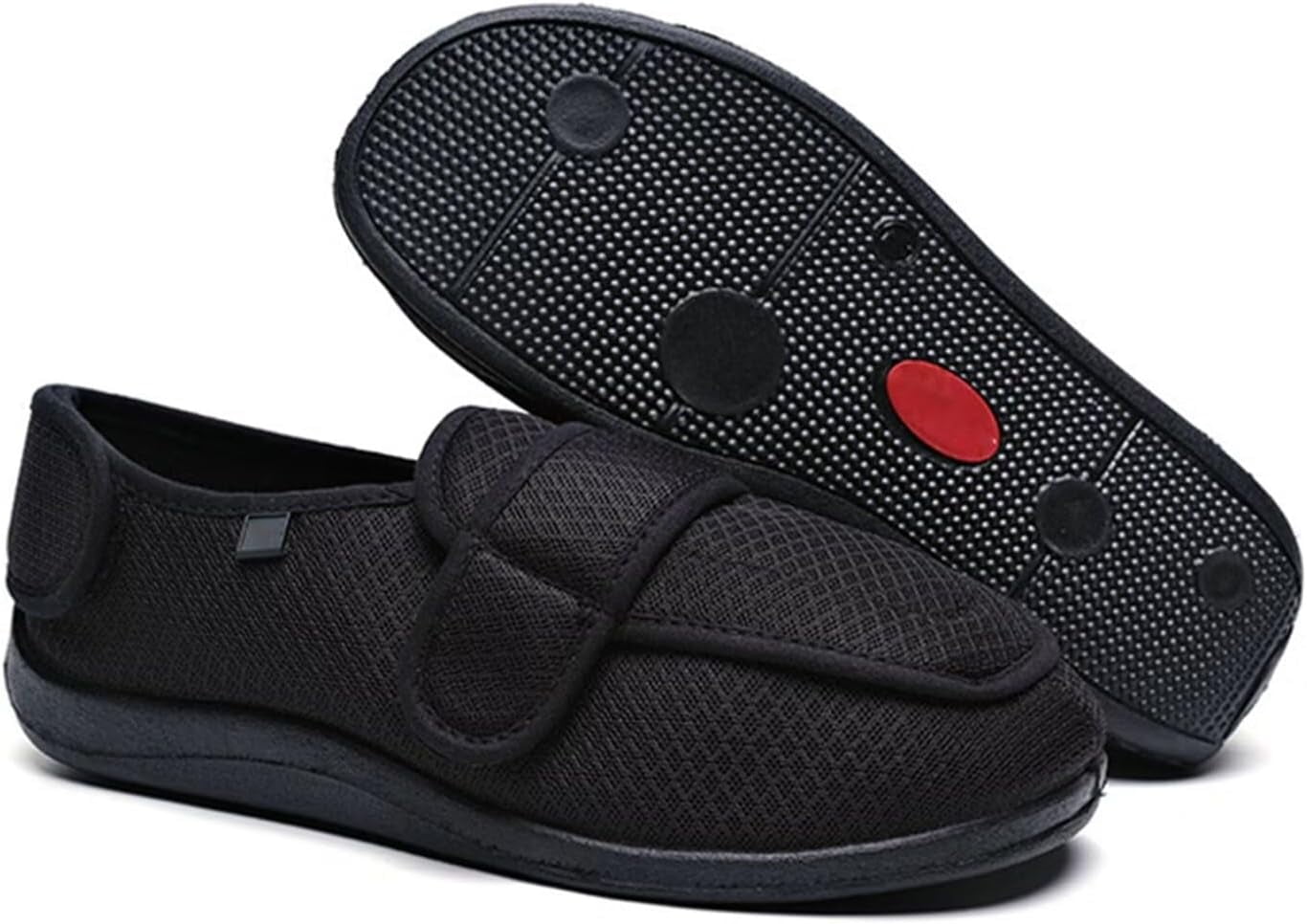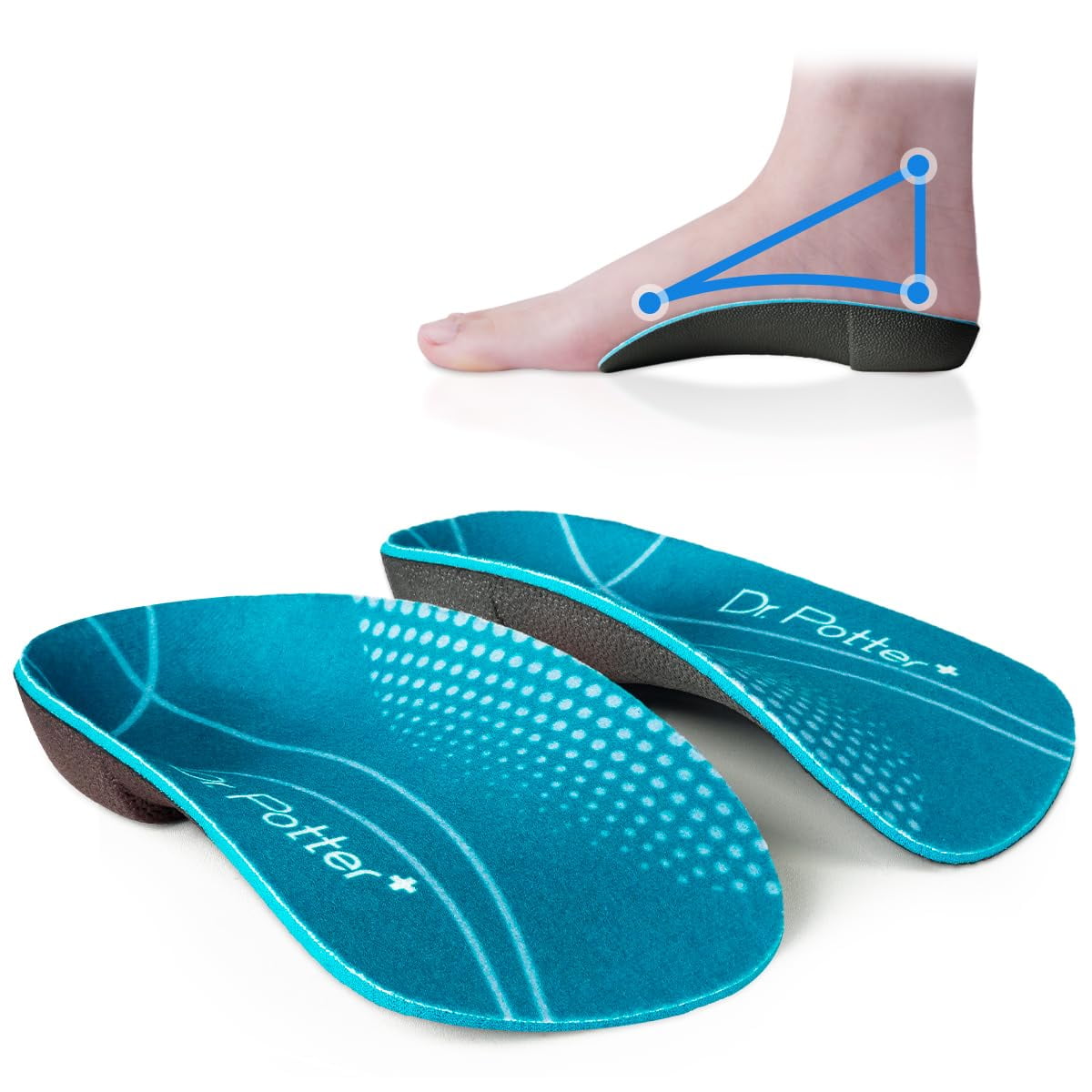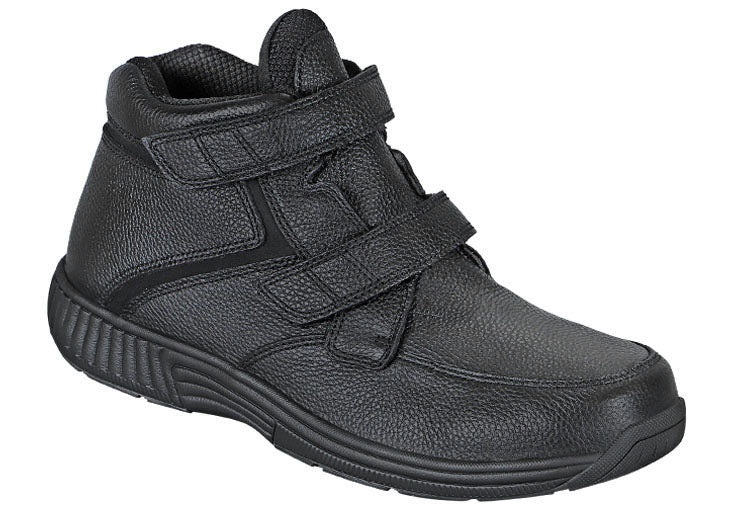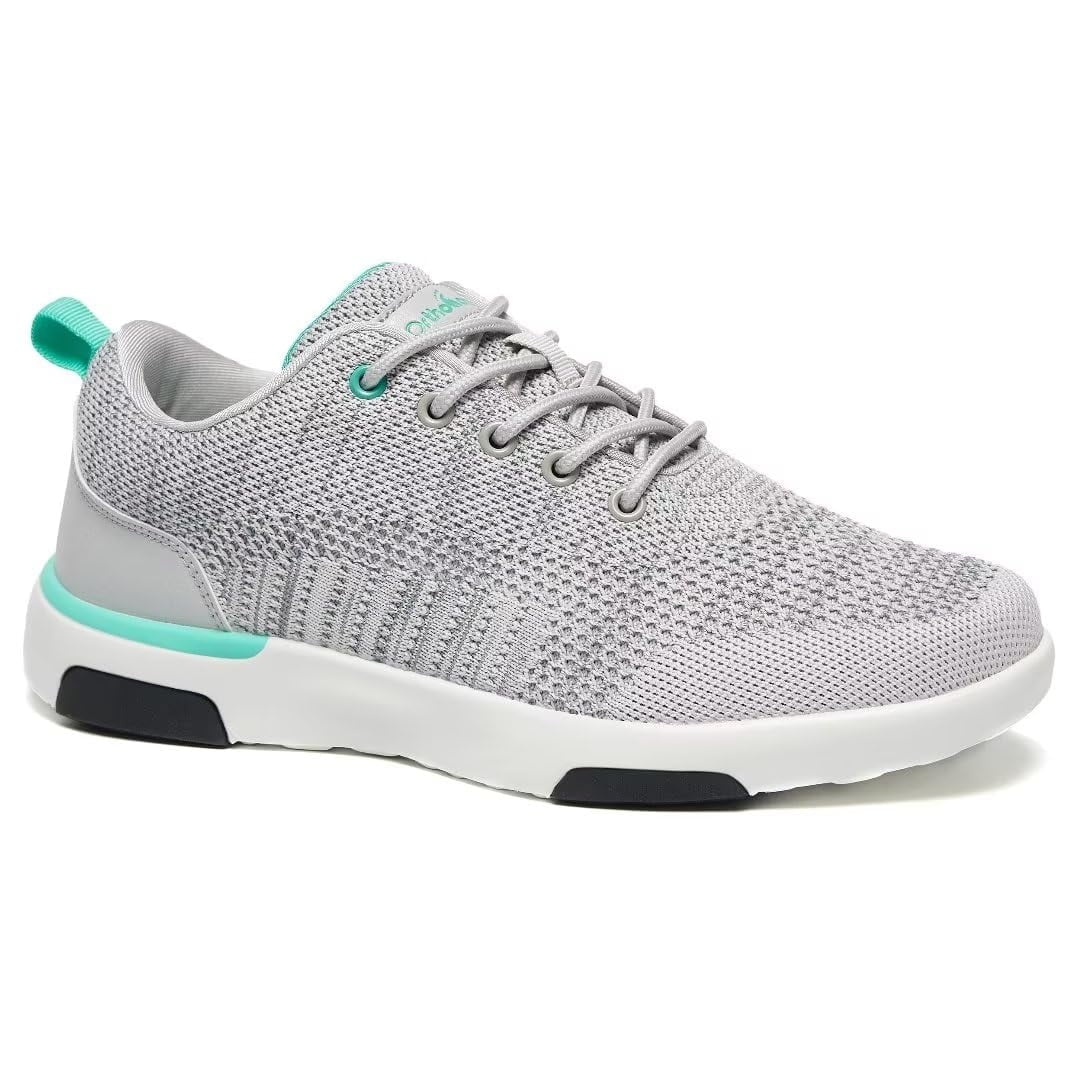Pro-fit Foot Care Quality Supportive Shoes

The daily grind, for many, begins and ends on their feet. Yet, too often, this foundational aspect of well-being is neglected, leading to a cascade of musculoskeletal problems, from nagging foot pain to debilitating back issues. The quality of footwear plays a pivotal, often underestimated, role in mitigating these risks, impacting not only comfort but also long-term health and productivity.
This article delves into the significance of quality supportive shoes, focusing on Pro-fit Foot Care's approach to providing footwear designed to address these concerns. We will explore the biomechanical principles that underpin effective shoe design, examine the features that differentiate supportive shoes from standard options, and investigate the potential benefits of investing in foot health. We'll also consider different perspectives on the cost versus value proposition of specialized footwear and discuss what the future holds for the field of foot care technology.
The Biomechanics of Footwear
The human foot is a marvel of engineering, comprising 26 bones, 33 joints, and over 100 muscles, tendons, and ligaments. These components work in concert to provide support, balance, and propulsion during movement. Poorly designed shoes disrupt this delicate balance, leading to biomechanical inefficiencies and increased stress on various parts of the body.
Supportive shoes, conversely, aim to optimize foot function by providing adequate arch support, cushioning, and stability. This can help to evenly distribute weight, reduce pronation (the inward rolling of the foot), and minimize impact forces on the joints.
Key Features of Supportive Shoes
Several key features differentiate supportive shoes from their less structured counterparts. Arch support is crucial, providing necessary lift and preventing the arch from collapsing under body weight. This is particularly important for individuals with flat feet or high arches, who may experience discomfort or pain without proper support.
Cushioning is another vital element, absorbing impact and reducing stress on the joints. Look for shoes with shock-absorbing midsoles made from materials like EVA (ethylene-vinyl acetate) or specialized gels.
Stability features, such as heel counters and medial posts, help to control excessive pronation and prevent the foot from rolling inwards. A firm heel counter provides support and prevents the heel from wobbling, while a medial post reinforces the arch and limits excessive motion.
Pro-fit Foot Care: A Focus on Quality and Support
Pro-fit Foot Care has positioned itself as a provider of quality supportive shoes, emphasizing the importance of proper fit and biomechanical alignment. Their approach involves a combination of advanced technology and personalized service to ensure customers receive footwear that meets their individual needs.
According to their website, Pro-fit uses 3D foot scanning technology to precisely measure foot dimensions and identify potential issues like pronation or supination. This data is then used to recommend specific shoe models that offer the appropriate level of support and cushioning.
"Our goal is to provide customers with shoes that not only feel comfortable but also promote long-term foot health," states a representative from Pro-fit Foot Care. "We believe that investing in quality footwear is an investment in overall well-being."
The Cost vs. Value Proposition
Supportive shoes often come with a higher price tag than standard footwear. However, proponents argue that the long-term benefits outweigh the initial cost.
Consider the potential costs associated with neglecting foot health: doctor visits, physical therapy, pain medication, and lost productivity due to discomfort or injury. Investing in supportive shoes can help to prevent these problems, saving money in the long run.
Furthermore, the improved comfort and performance offered by supportive shoes can enhance overall quality of life. Individuals who can walk, stand, and move comfortably are more likely to be active, engaged, and productive.
Alternative Perspectives and Considerations
While the benefits of supportive shoes are widely recognized, some argue that relying solely on footwear to address foot problems is not a comprehensive solution. A holistic approach to foot health should also include regular stretching, strengthening exercises, and proper foot hygiene.
Others question the necessity of expensive, specialized footwear, suggesting that generic inserts or orthotics can provide adequate support at a lower cost. However, it's important to note that custom-fitted orthotics, prescribed by a podiatrist, offer a more personalized and effective solution for specific foot conditions.
It's also crucial to choose shoes that are appropriate for the specific activity. Running shoes, for example, are designed with different features and levels of support than walking shoes or dress shoes. Consulting with a footwear specialist can help individuals select the right shoes for their needs.
The Future of Foot Care Technology
The field of foot care technology is constantly evolving, with new innovations emerging to improve comfort, performance, and overall foot health. Advances in materials science, 3D printing, and biomechanical analysis are paving the way for more personalized and effective footwear solutions.
Customizable shoes, tailored to the unique contours and needs of each individual's feet, are becoming increasingly accessible. 3D printing technology allows for the creation of shoes with intricate designs and customized support features.
Smart shoes, equipped with sensors and data analytics, are also gaining traction. These shoes can track activity levels, monitor gait patterns, and provide real-time feedback to help individuals optimize their movement and prevent injuries.
Conclusion
In conclusion, the importance of quality supportive shoes cannot be overstated. While price may be a concern, the potential long-term benefits for foot health and overall well-being are significant. Companies like Pro-fit Foot Care are playing a crucial role in providing access to footwear designed to promote proper biomechanical alignment and reduce the risk of foot problems. As technology continues to advance, the future of foot care promises even more personalized and effective solutions, empowering individuals to stay active, comfortable, and healthy on their feet.
